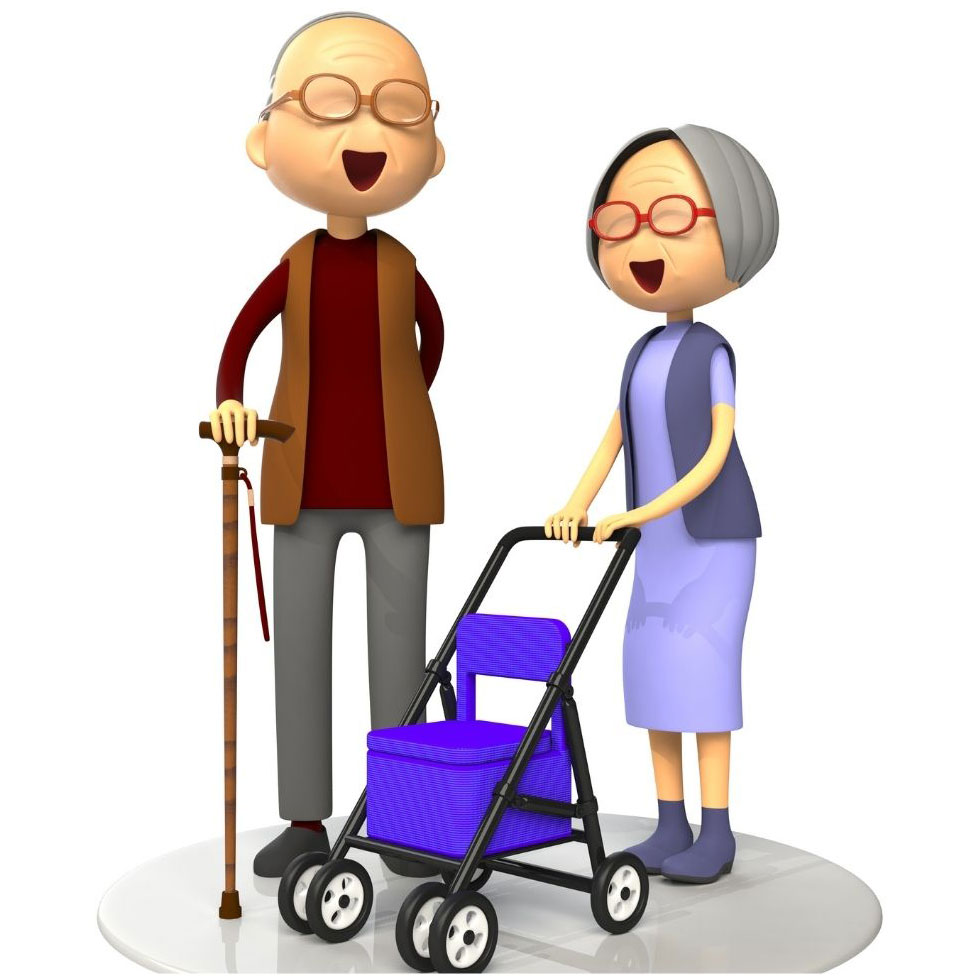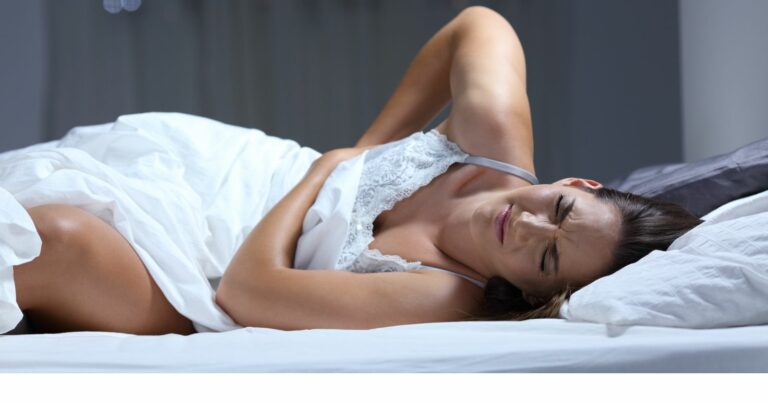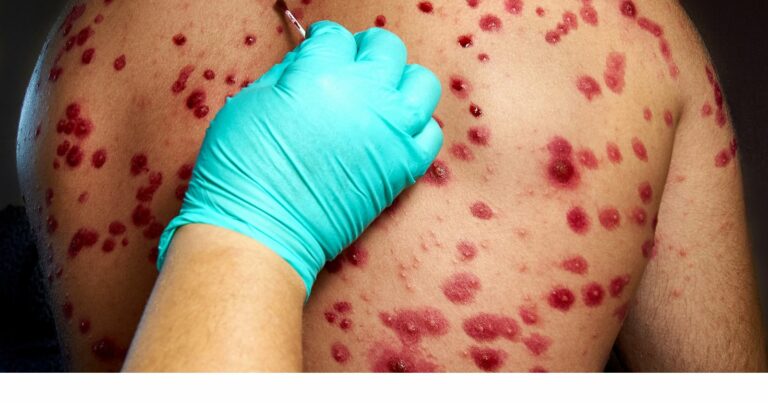Imagine the feeling of growing older without losing the vigor of your youth. This is the world we explore at Elderly Independence, with our focus on ensuring seniors lead active, healthy lives through the most effective methods. It’s a world where strength doesn’t have to decline with age, and where vitality can be a lifelong companion. As a senior with over 6 decades of experience in fitness, I’ve seen first-hand the transformative impact of resistance training for seniors. So, whether you’re a senior eager to maintain your physical strength, or a loved one looking for the best fitness solutions for an older adult, you’re in the right place.
See How Easily You Can Use Resistance Training
Understanding Resistance Training For Seniors
Tip
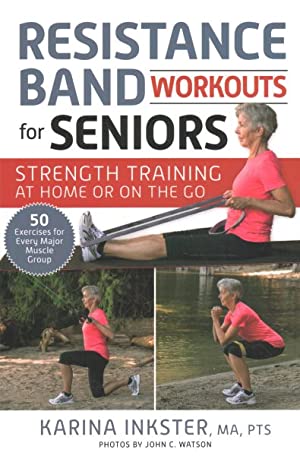
Resistance training, also known as strength training or weight training, involves using resistance, such as weights or resistance bands, to build muscle strength and endurance. The resistance can be increased gradually over time to challenge the muscles and promote further strength gains.
For seniors, resistance training can be an effective way to combat age-related muscle loss and improve overall health. Additionally, it can help improve bone density, joint function, and flexibility, reduce the risk of falls and injuries, and promote independence.
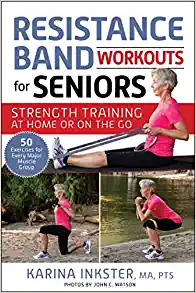
Benefits of Resistance Training For Seniors
Tip
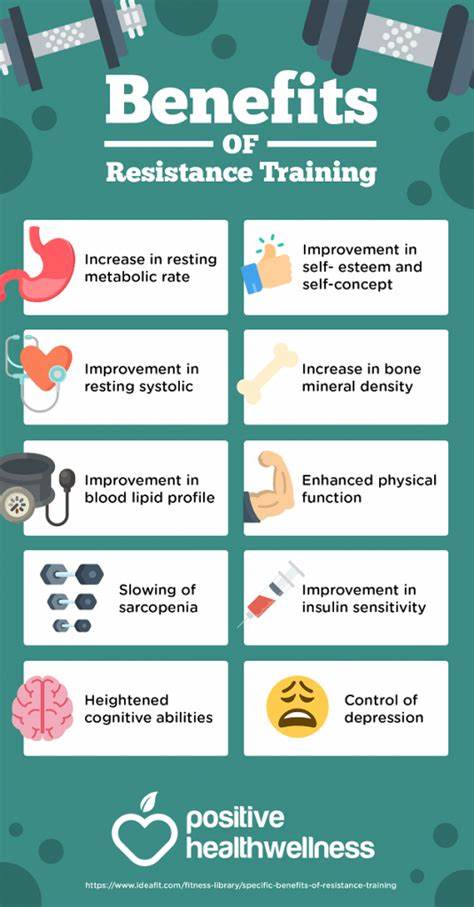
Resistance training offers several benefits for seniors, including:
Improved bone density and strength: Resistance training can help increase bone density, which is important for reducing the risk of osteoporosis and fractures.
Increased muscle mass and strength: As we age, we lose muscle mass and strength, which can lead to functional limitations. Resistance training can help increase muscle mass and strength, allowing seniors to perform daily activities with ease.
Improved joint function and flexibility: Resistance training can help improve joint function and flexibility, which is important for maintaining mobility and independence.
Reduced risk of falls and injuries: Resistance training can help improve balance, stability, and coordination, reducing the risk of falls and injuries.
Improved overall health and well-being: Resistance training can have a positive impact on overall health and well-being, including reducing the risk of chronic diseases such as diabetes and heart disease.

How to Get Started With Resistance Training
Tip

Before starting any exerhttps://elderlyindependence.com/exercise-resources-for-seniors/cise program, it’s important to consult with a healthcare provider, especially if you have any medical conditions or concerns. Once you have the green light, there are several ways to get started with resistance training.
Choose the right type of equipment: There are several types of resistance training equipment, including free weights, weight machines, and resistance bands. Choose the equipment that best suits your needs and abilities.
Recommendations for frequency and duration: The American College of Sports Medicine recommends that seniors engage in resistance training at least two days per week, with 48 hours of rest between sessions. Each session should include 8-10 exercises that target the major muscle groups, with 10-15 repetitions per exercise.
Examples of simple resistance training exercises: Some simple resistance training exercises for seniors include wall push-ups, chair squats, bicep curls, and shoulder presses. These exercises can be performed with weights or resistance bands.

Tips For Safe And Effective Resistance Training For Seniors
Tips

Resistance training can be safe and effective for seniors, as long as proper safety measures are taken. Here are some tips for safe and effective resistance training:
Warm-up and cool-down: Before and after each resistance training session, it’s important to perform a warm-up and cool-down to prepare the muscles and prevent injury.
Proper breathing techniques: During resistance training, it’s important to exhale during the exertion phase and inhale during the relaxation phase.
Start with light weights: It’s important to start with light weights and gradually increase resistance over time. This will help prevent injury and promote gradual strength gains.
Use proper form and technique: Using proper form and technique during exercises is essential for preventing injury and getting the most benefit from each exercise.

Frequently Asked Questions
FAQ
Is resistance training safe for seniors?
Yes, resistance training can be safe for seniors as long as proper safety measures are taken. Before starting any exercise program, it’s important to consult with a healthcare provider, especially if you have any medical conditions or concerns. Start with light weights and gradually increase resistance over time. Using proper form and technique during exercises is essential for preventing injury and getting the most benefit from each exercise.
How often should seniors engage in resistance training?
The American College of Sports Medicine recommends that seniors engage in resistance training at least two days per week, with 48 hours of rest between sessions. Each session should include 8-10 exercises that target the major muscle groups, with 10-15 repetitions per exercise.
What are some simple resistance training exercises for seniors?
Some simple resistance training exercises for seniors include wall push-ups, chair squats, bicep curls, and shoulder presses. These exercises can be performed with weights or resistance bands. It’s important to choose the equipment that best suits your needs and abilities and to start with light weights and gradually increase resistance over time.
Conclusion
Tip
Harnessing the benefits of resistance training for seniors isn’t as complicated as it might seem. With the right guidance, this powerful tool can pave the way for healthier and more active senior years. As a professional with extensive experience, I can attest to the profound impact this training methodology can have on the overall well-being of seniors. Rest assured, the techniques and advice offered here at Elderly Independence have been tried, tested, and proven effective, always with our reader’s health and safety as our top priority. So, take the leap, embrace resistance training, and let’s rewrite the narrative of aging together.
